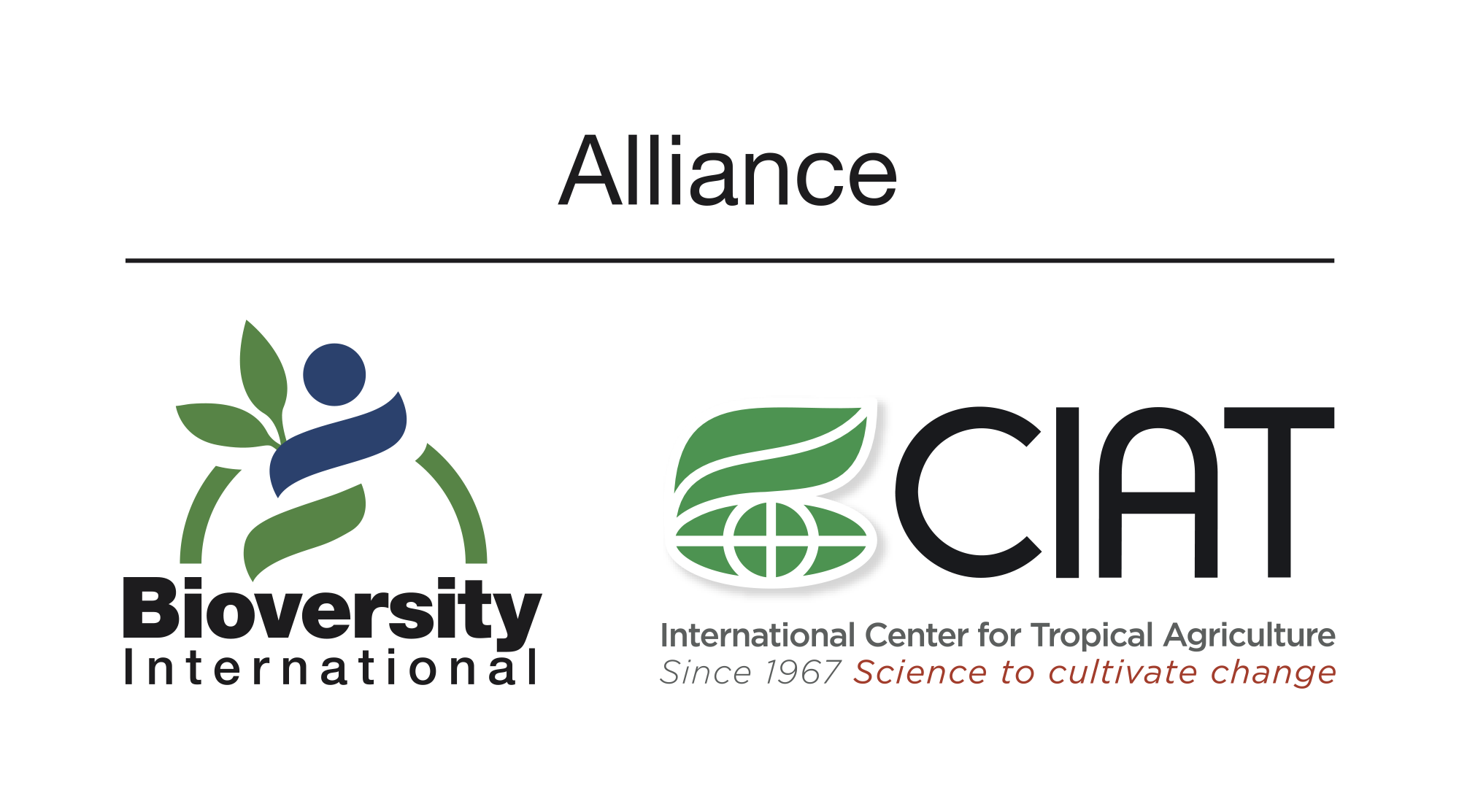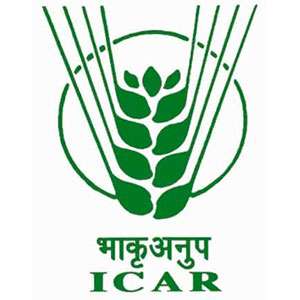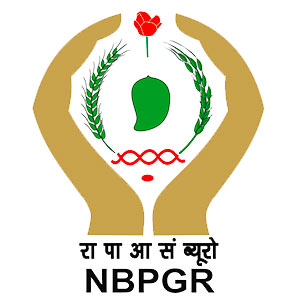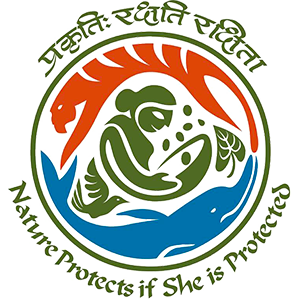The central plateau is characterized by typical rainfed area, with the maximum issues and problems pertaining to subsistence agriculture, very poor irrigation infrastructure, dismal extension services and awareness among the tribal communities. Though the region is rich in natural resources, yet the geography, fragile environment and low awareness levels of the tribal community have led to food insecurity, malnutrition, migration, etc. The climate of the region is characterized by hot and wet summer and dry winter. The annual precipitation in the region ranges from 500 to 1000 mm.
This Bundelkhand region is usually subject to drought once in 3-4 years. The frequent inter drought spells often lead to crop failure and the region is thus earmarked as drought-prone area. The dominant soils of the region are deep, loamy to clayey and nearly level to very gently sloping red and deep black soils. Dryland farming is the common practice in the region. The Kharif (rainy) crops usually cultivated in the area are-rice, sorghum, pearl millet, pigeon pea, groundnut, soybean, maize and pulses. The common Rabi (post rainy) crops are sorghum, safflower, sunflower and gram. Overall the region possesses rich diversity in rice, wheat, maize, sorghum, minor millets, grain legumes - particularly cowpea, chickpea, pigeon pea, black gram and green gram; oilseeds - niger, sesame, Brassica spp., cucurbits and other vegetables.





